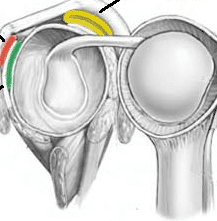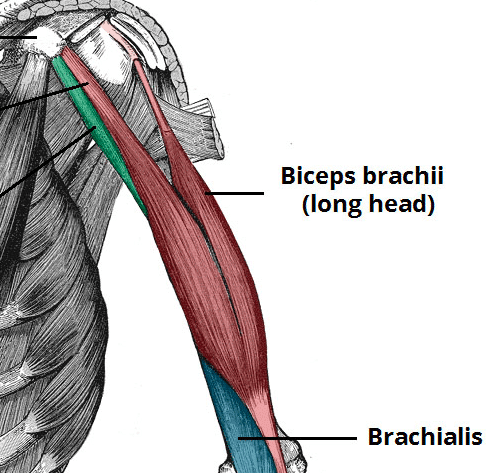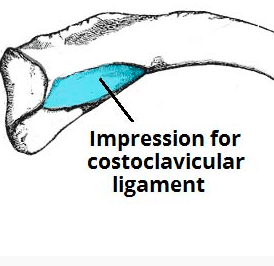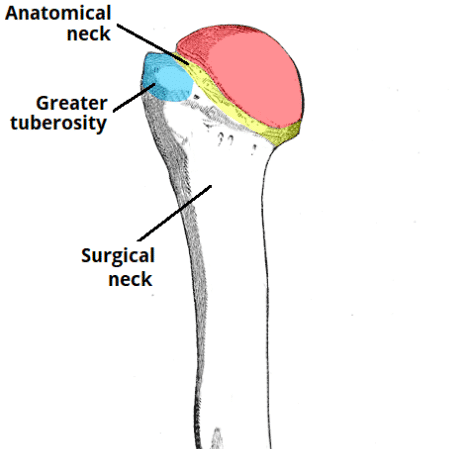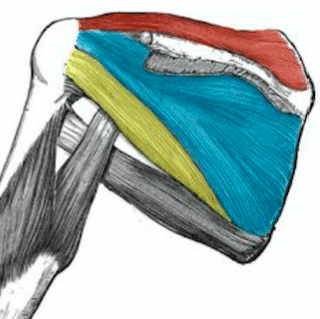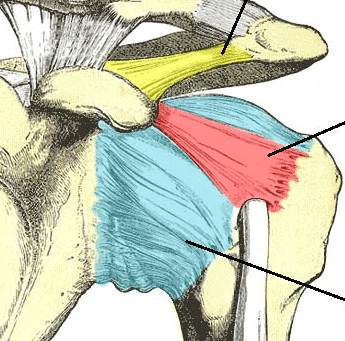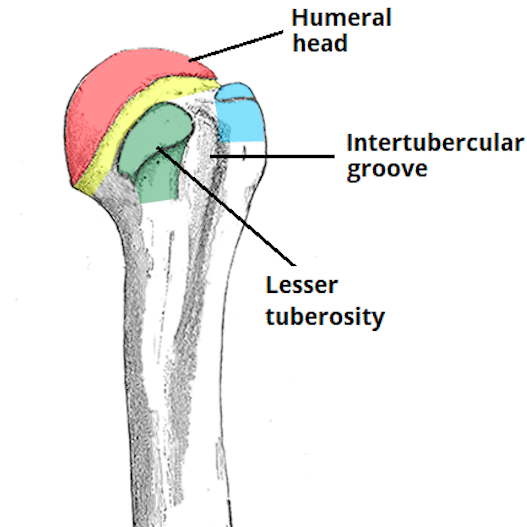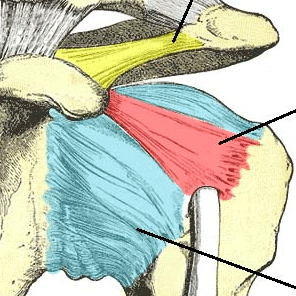- Core Concepts
- Peri-Operative Care
- Examinations
- General
- HPB
- Vascular
- Urology
- Orthopaedics
- Breast
- ENT
- Neurosurgery
- Plastics
- Cardiothoracics
- Transplant
- Consent
The Shoulder
The shoulder joint (also termed the glenohumeral joint) is a ball and socket type joint between the scapula and the humerus, acting as the major joint connecting the upper limb to the trunk. It has a joint capsule, a fibrous sheath, that encloses the structures of the joint, extending from the anatomical neck of the humerus to the rim of the glenoid fossa
Serious orthopaedic pathologies can occur to the shoulder, including fracture, dislocation, or rotator cuff tear, all of which should be urgently investigated, diagnosed, and managed. There are also more chronic problems that can affect the shoulder, including adhesive capsulitis and subacromial impingement syndrome, which will be more commonly presenting to clinicians in primary care. Various management options are available for the more chronic shoulder pathologies, the mainstay of which are often analgesia and physiotherapy.

